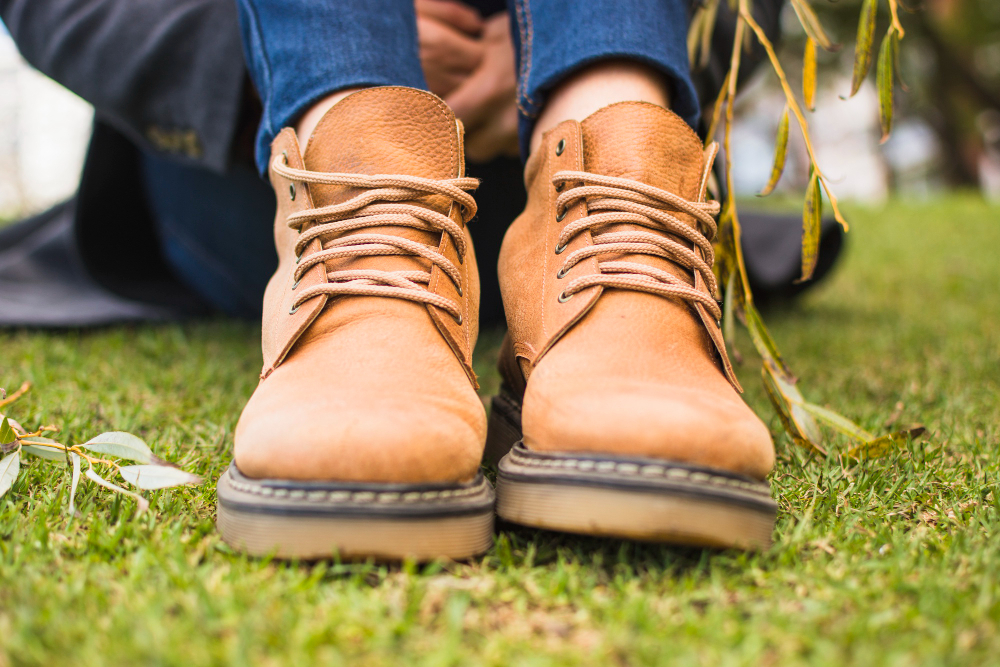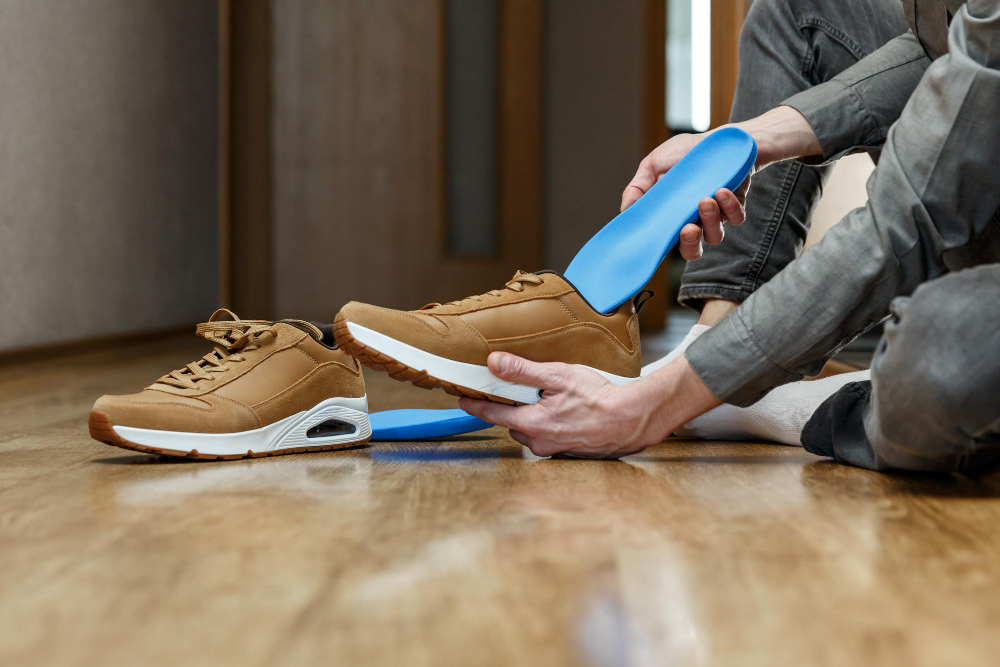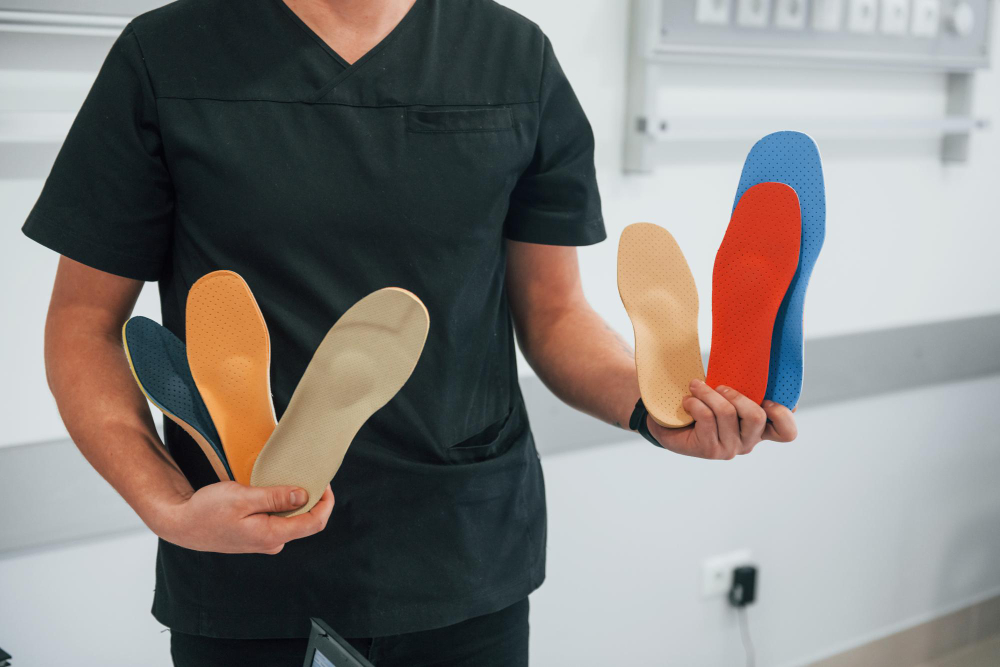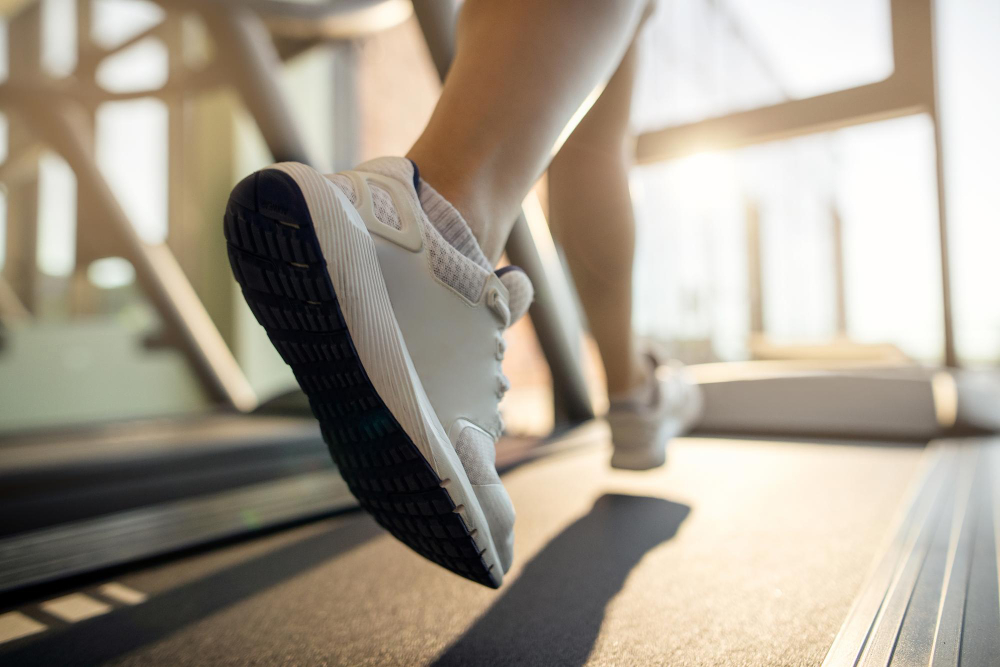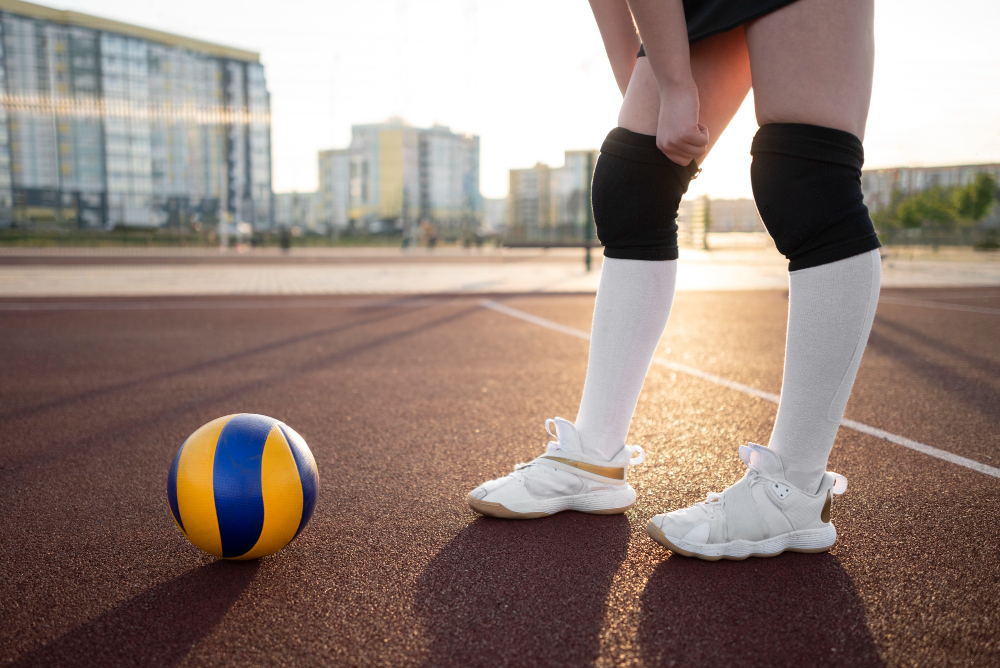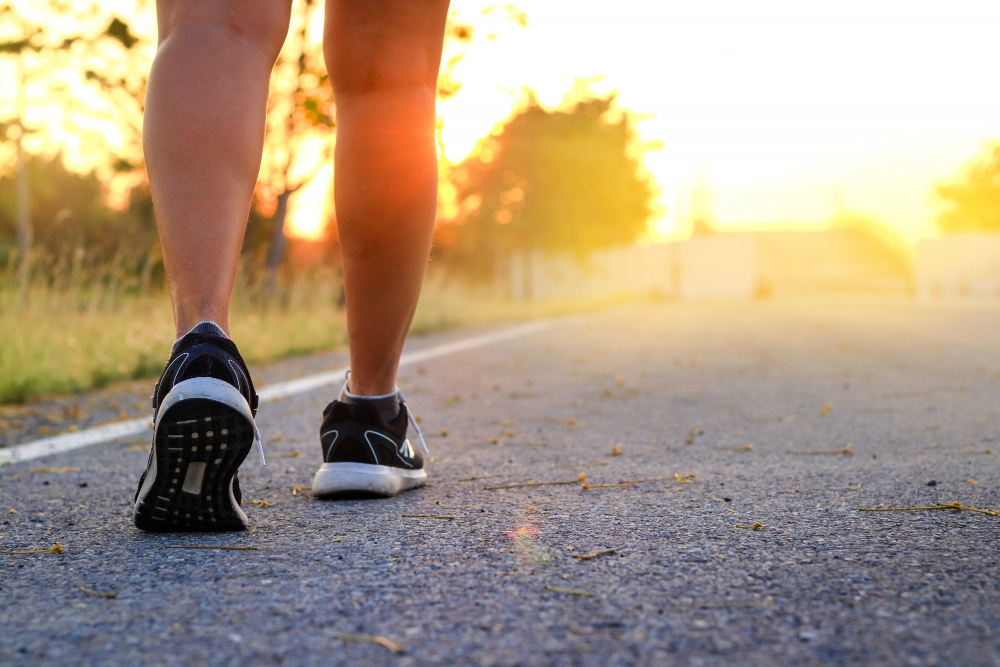Tennis, injury prevention and foot orthotics
Tennis is a relatively safe sport, but care must be taken to avoid injuries to muscles that are not often used off-court. Tennis players are often required to contort their bodies in unnatural ways throughout the game, and advances in tennis rackets have led to increases in the speed at which players are required to respond to the balls being hit. Tennis players typically spend a lot time positioned with their body weight concentrated in the forefoot, which can lead to injuries of the foot and lower leg. The feet and ankles are put under strain by the side-to-side motion and quick starting and topping motions used in a typical tennis game.
Tennis-related Injuries
Like other racquet sports, tennis players are prone to ankle sprains, stress fractures and plantar fasciitis, an inflammation of the connective tissue on the sole of the foot. Beginning tennis players may also experience shin splints, an inflammation of the connective tissue attached to the tibia. Tennis toe is a condition that often affects the second toe of players as blood accumulates under the nail, and is typically caused by poorly-fitting shoes. Different court surfaces may affect the foot and ankle in different ways. Ankle sprains are often caused by the use of inappropriate shoes. Biomechanical imbalances in the feet can exacerbate strain on the ankles and lower legs.
Buying Tennis Shoes
Make sure to buy tennis shoes that fit properly with enough room in the toe box, but not so much room that the feet slide inside the shoes, which can lead to painful blisters and corns. Wear the socks you will wear when playing tennis to try on your new shoes, and try to buy your shoes later in the afternoon when your feet are slightly swollen, in order to mimic the slight swelling that your feet will exhibit while playing.
Tennis Shoes and Orthotics
Tennis-specific shoes should be worn on-court as they are designed to allow for the side-to-side sliding motion commonly used by players. Running shoes may cause injury to the foot or ankle as they are not equipped with padded toe boxes and often provide too much traction. In addition to realigning the structure of the foot to neutralize biomechanical imbalances such as supination or overpronation, orthotics designed specifically for racquet sports and tennis will accommodate for the additional strain placed on the ball of the foot, which can cause foot fatigue and decrease game efficiency. The use of tennis orthotics may help to relieve lower back pain, and prevent potential injuries to the feet, ankles, knees and hips. Foot orthotics can provide additional shock absorption, arch support, and prevent excessive strain on the plantar fascia. Many players will benefit from orthotics designed to promote mobility of the big toe.

